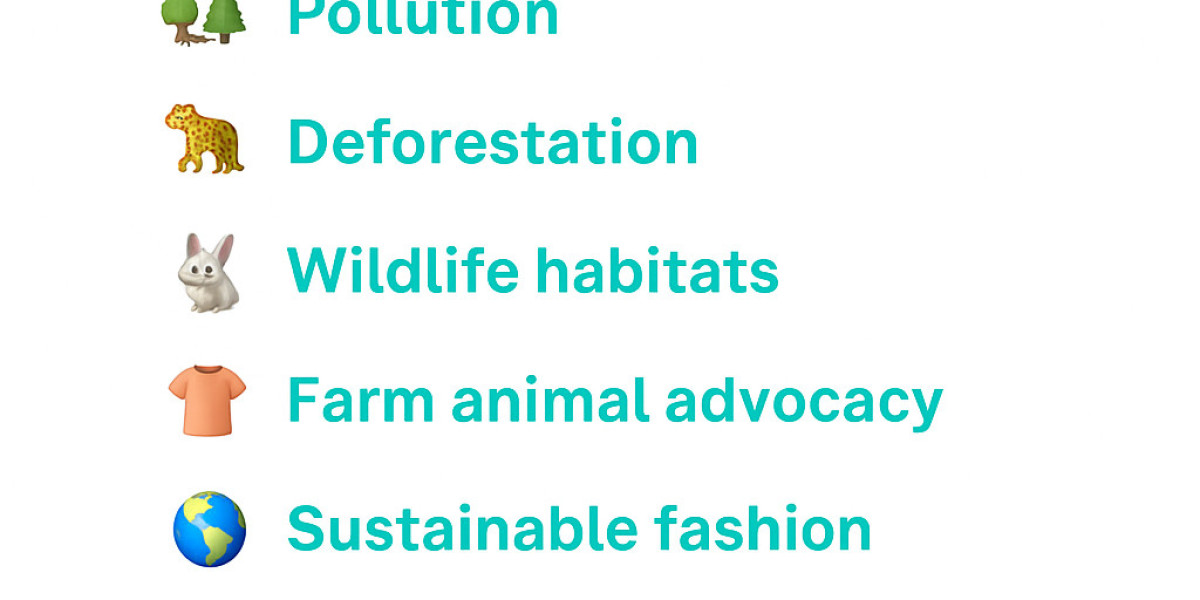Fashion is a powerful form of self-expression, but behind the glamour lies a hidden cost to the planet and people. The fast fashion industry, driven by rapid production and cheap labor, is one of the most polluting and exploitative industries in the world. As awareness grows, Sustainable fashion is emerging as a responsible alternative—one that values ethics, environmental protection, and long-term change over trends and throwaway culture.
What Is Sustainable Fashion?
Sustainable fashion refers to clothing, shoes, and accessories that are produced in ways that are environmentally friendly, socially responsible, and economically fair. It considers the entire lifecycle of a product—from design and sourcing of raw materials to manufacturing, transportation, and even disposal.
Sustainable fashion brands aim to:
- Use eco-friendly materials like organic cotton, bamboo, hemp, and recycled fabrics.
- Reduce water usage, carbon emissions, and chemical waste.
- Promote fair wages, safe working conditions, and workers’ rights.
- Encourage mindful consumption, recycling, and upcycling.
The goal is to create a fashion system that respects both people and the planet.
The Problem with Fast Fashion
Fast fashion is characterized by low-cost, trendy clothes produced quickly to meet consumer demand. While it offers affordable style, the true cost is far greater:
- Environmental Impact: The fashion industry is responsible for around 10% of global carbon emissions and is the second-largest consumer of water. Textile dyeing alone pollutes vast amounts of freshwater.
- Waste Generation: Millions of tons of clothing end up in landfills each year, much of it non-biodegradable and made from synthetic materials like polyester.
- Labor Exploitation: Many fast fashion brands rely on factories in developing countries where workers are underpaid, overworked, and exposed to unsafe conditions.
- Overconsumption: The cycle of buying cheap clothes and discarding them fuels unsustainable consumer habits and resource depletion.
Benefits of Sustainable Fashion
Sustainable fashion offers a solution to these problems by promoting thoughtful design and responsible choices:
- Environmental Protection: By using natural, biodegradable, and recycled materials, sustainable fashion reduces pollution, conserves resources, and lowers carbon emissions.
- Social Justice: Ethical brands prioritize fair wages, safe conditions, and respect for workers' rights, often supporting local artisans and small-scale production.
- Quality Over Quantity: Sustainable clothing is often made with better craftsmanship and durability in mind, encouraging consumers to buy less but better.
- Innovation and Creativity: Eco-fashion drives innovation, from fabrics made of pineapple leaves or ocean plastic to zero-waste pattern cutting.
How to Embrace Sustainable Fashion
Making the switch to sustainable fashion doesn’t mean giving up style—it means making smarter, more conscious decisions. Here are a few steps to get started:
- Buy Less, Choose Well: Invest in timeless, versatile pieces rather than chasing every trend.
- Support Ethical Brands: Look for certifications like Fair Trade, GOTS (Global Organic Textile Standard), or B Corp to identify responsible companies.
- Shop Secondhand: Thrift stores, vintage shops, and clothing swaps are great ways to extend the life of garments.
- Repair and Reuse: Learn to mend or alter clothes instead of discarding them. DIY and upcycling are creative and sustainable.
- Recycle or Donate: Keep textiles out of landfills by donating to charities, recycling programs, or clothing take-back schemes.
The Future of Fashion
Sustainable fashion is no longer a niche movement—it’s a growing global trend. Designers, influencers, and consumers are recognizing the need for change. Governments and corporations are beginning to adopt greener policies, and innovation is paving the way for a more sustainable fashion industry.
However, lasting change depends on collective action. Consumers play a powerful role in shaping the future through their choices, voices, and values.
Conclusion
Sustainable fashion is not just about what we wear—it’s about how our choices affect the world. By embracing mindful, ethical fashion, we can protect the environment, support fair labor, and redefine what it means to be truly stylish. In a world facing environmental and social challenges, fashion can—and should—be a force for good.



